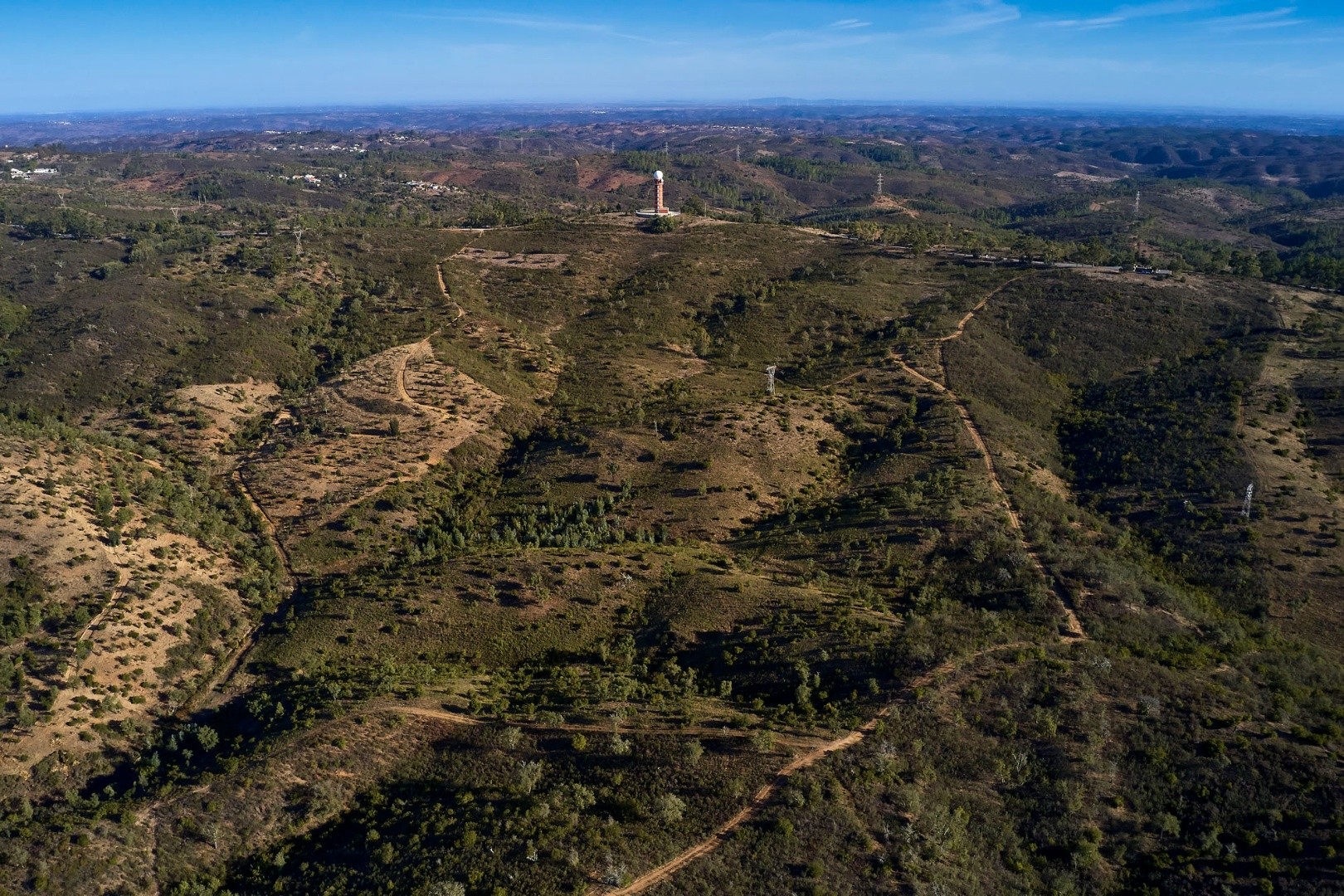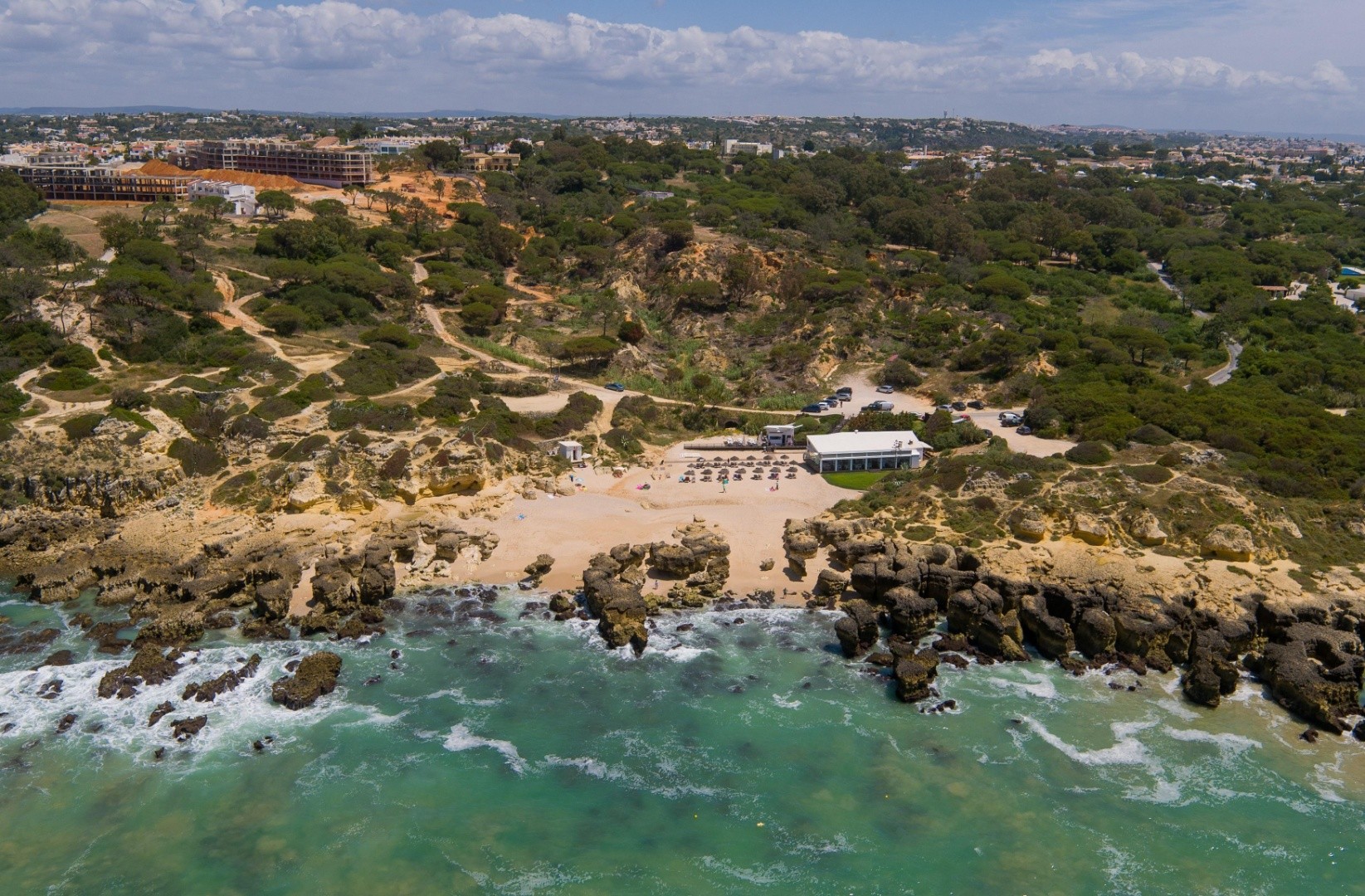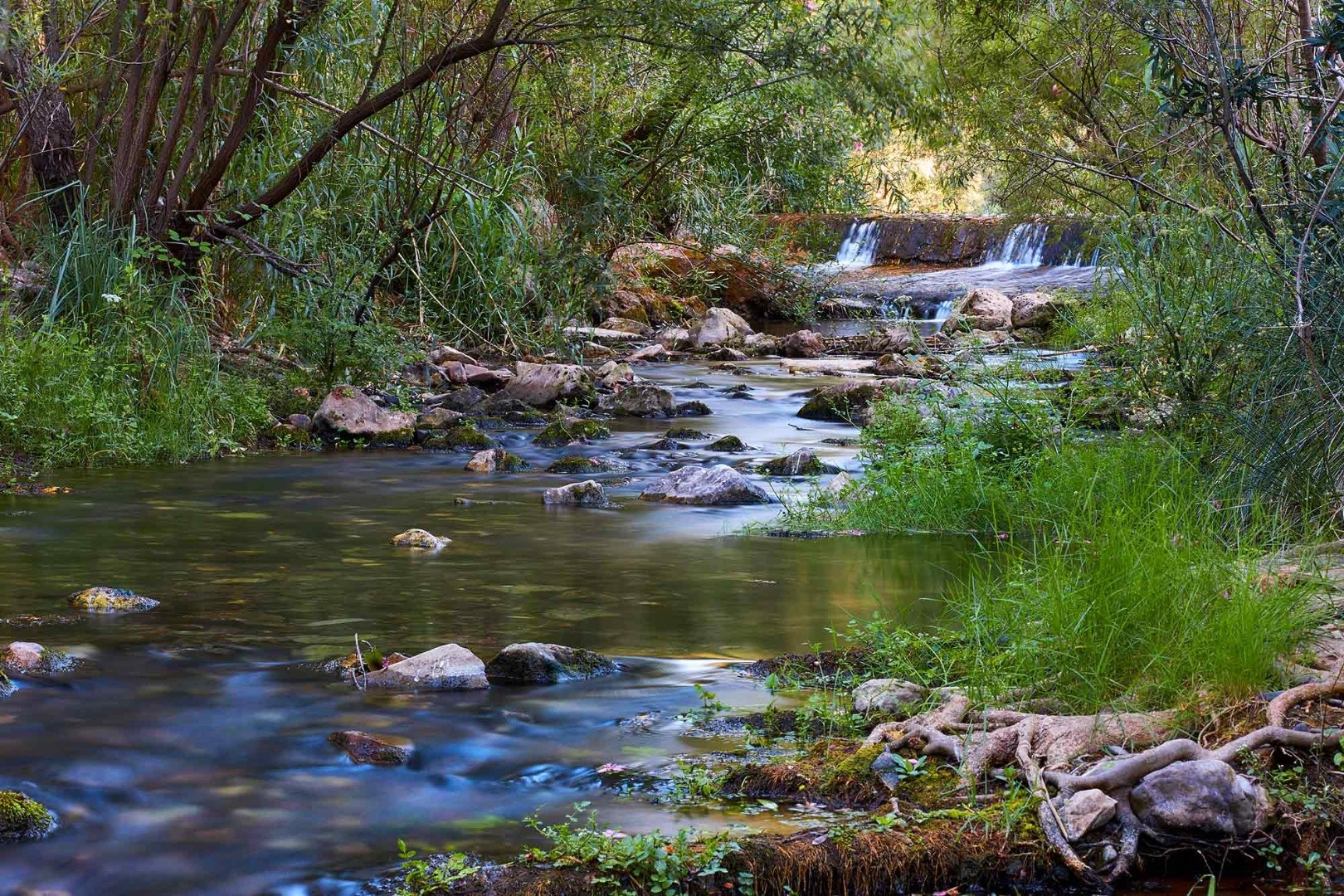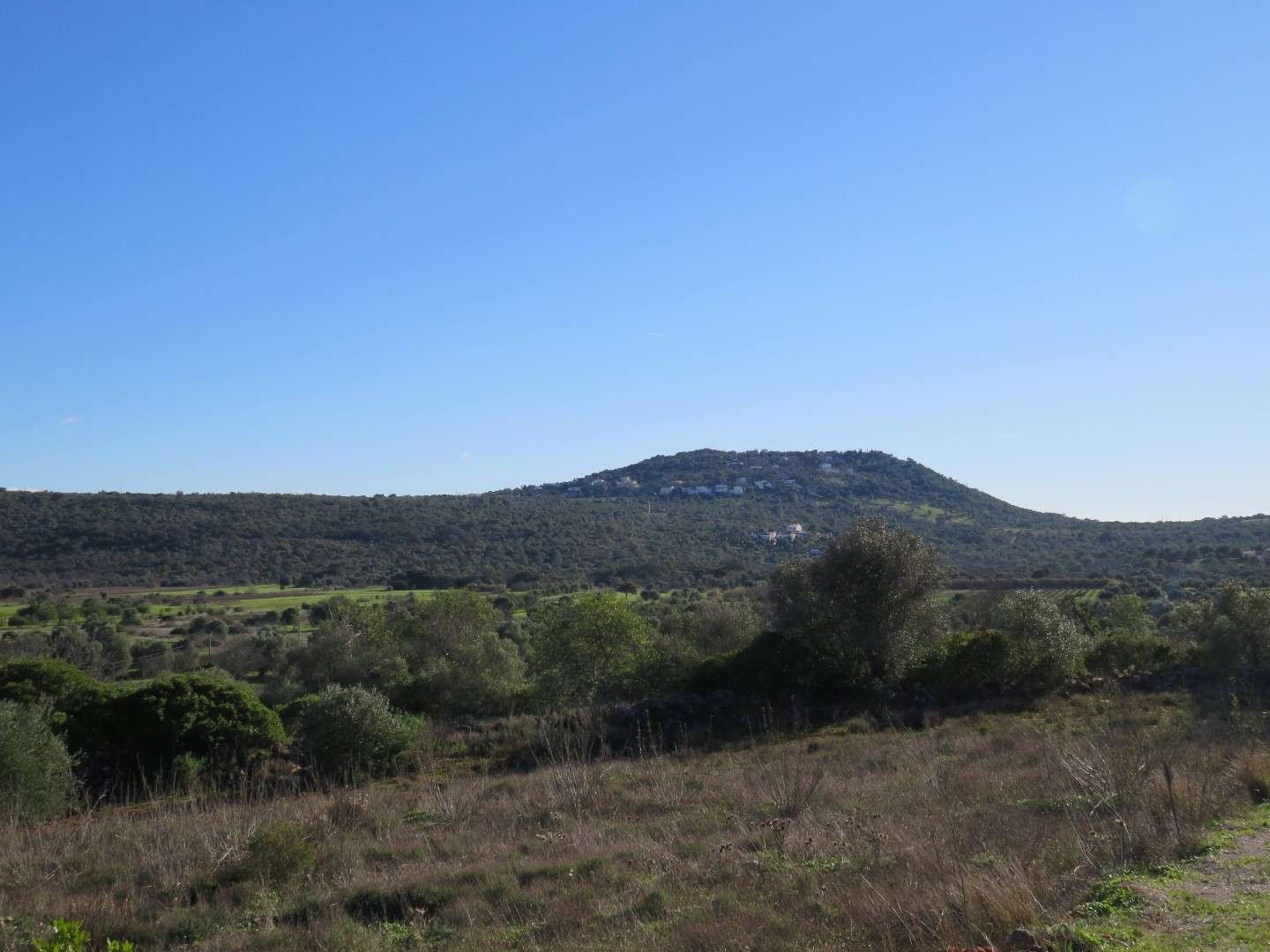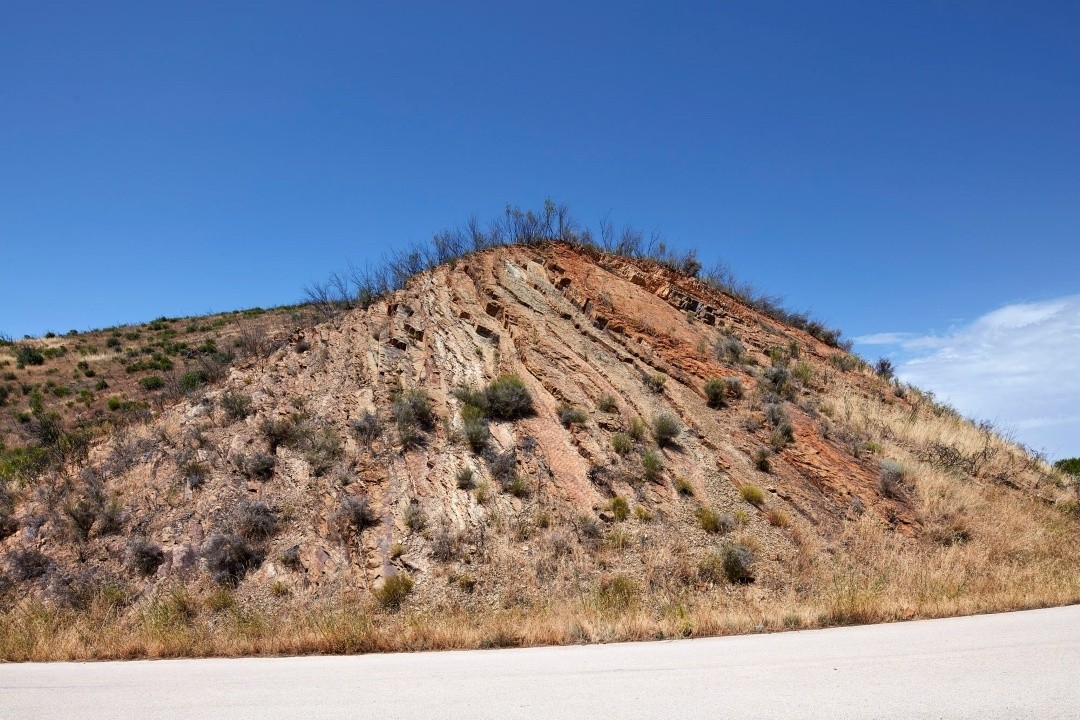Paleontology and Paleoenvironment
At Praia Grande, located in the Bay of Armação de Pêra, there is a field of fossil coastal wind dunes formed during the rapid rise in mean sea level that marked the beginning of the last interglacial period, the Holocene, approximately 12000 years ago. As sea levels rose, large volumes of sand that had accumulated on the emerged continental shelf during the glacial period were transported toward the mainland, where they began to accumulate. This led to a significant availability of sand, which was then moved and deposited by prevailing winds, creating extensive fields of wind dunes.
The formation of these dune fields occurred during the Holocene Climatic Optimum, a period that lasted from about 9,000 to 5,000 years ago. The consolidation of these dunes happened through the precipitation of natural carbonate cement between the sand grains. This process is believed to have occurred at or below the water table, within groundwater that contained dissolved carbonates, likely a result of the previous dissolution of calcareous particles, such as shells.
The ancient, consolidated wind dunes, known as eolianites, can be seen within the recent coastal dune system of the Bay of Armação de Pêra. The position of these eolianites indicates the maximum extent of sea level rise during the Holocene at this location, which occurred around 6,000 years ago.
Locality: Praia Grande - Baía de Armação de Pêra




